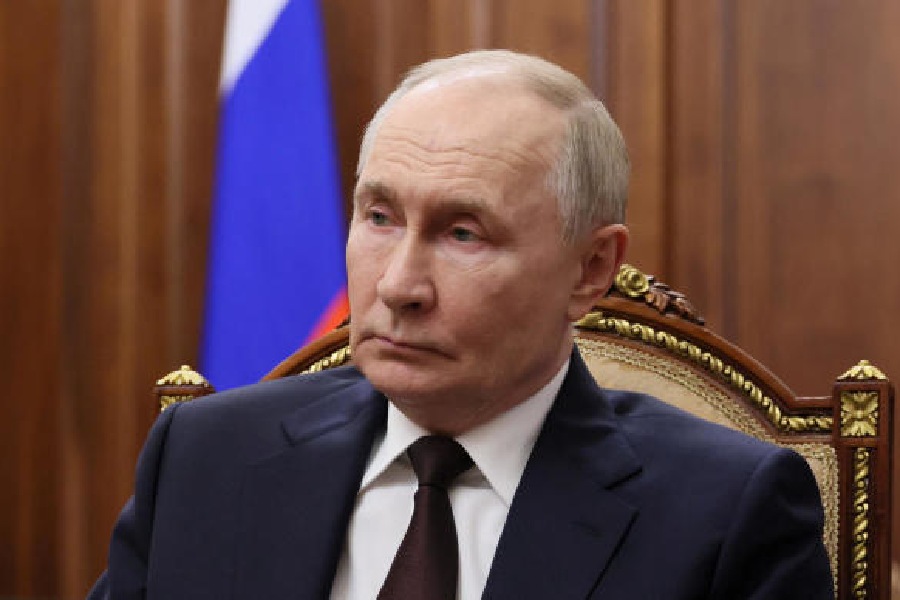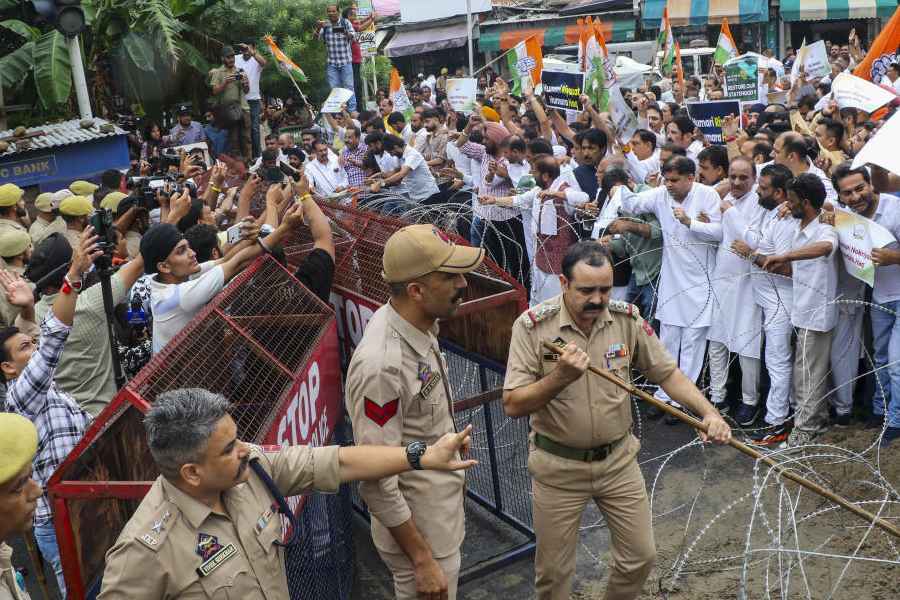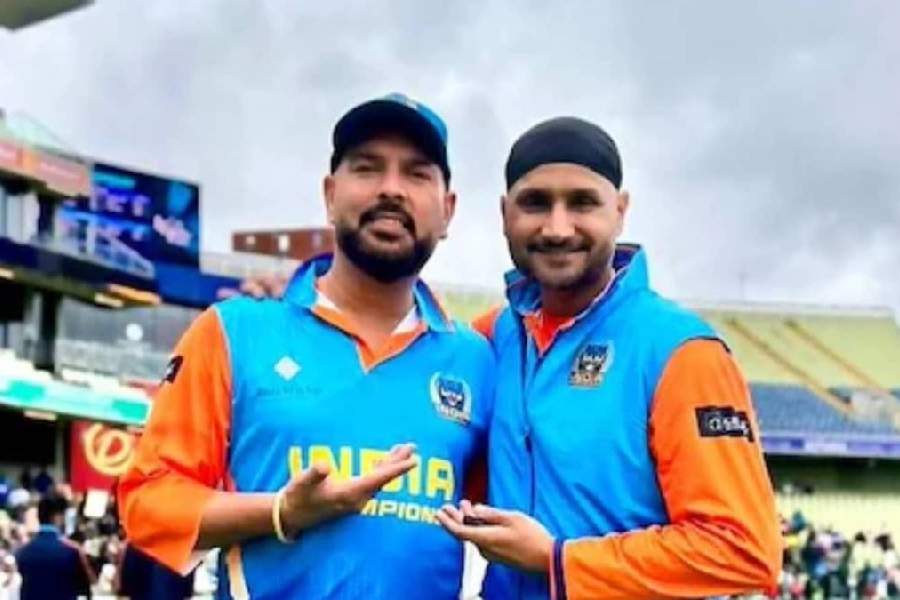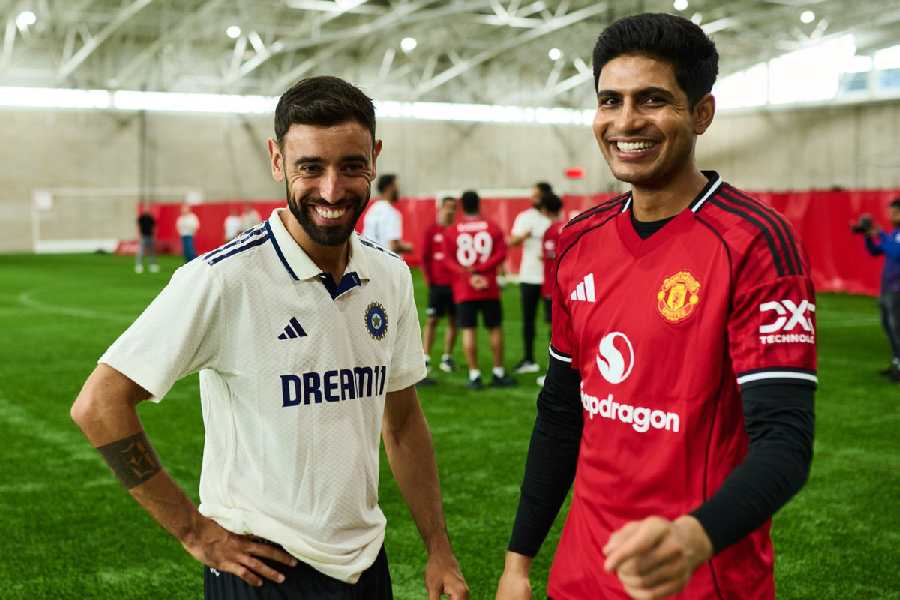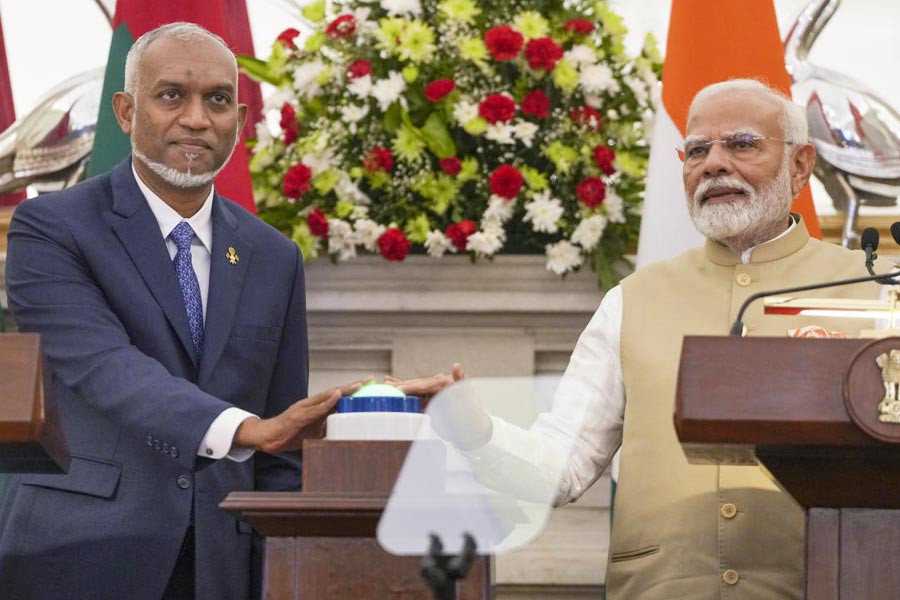
Calcutta: Cricket Australia (CA) will make it compulsory for players to wear helmets when facing fast and medium pace bowling in line with recommendations from a review into the death of Test batsman Phillip Hughes.
Wicketkeepers and players fielding close to the wicket will also have to wear helmets in first-class matches in accordance with the David Curtain review, which was released on Wednesday.
The helmets, mandatory in games and during practice, must adhere to the highest "British standard", CA said.
Hughes was struck on the back of the head by a rising delivery when batting for South Australia in a domestic match in November 2014. The 25-year-old died two days later in a Sydney hospital.
"There's not a day that goes by where we don't think of Phillip," CA chief executive James Sutherland said at the Melbourne Cricket Ground on Wednesday.
"This report won't bring him back and it won't do anything to ease the pain of his family or his loved ones who miss him most. But we have a responsibility and a duty to ensure nothing like this ever happens again."
Sutherland said CA had also sought approval from the International Cricket Council to trial the use of injury substitutes ("concussion substitutes") who could bat and bowl in domestic games. Substitutes have been permitted to replace injured or ill players in matches for over 100 years but are not allowed to bat, bowl or act as wicketkeepers or captains, according to the laws of the game.
Initially the substitutes would replace players ruled out by concussion but in future their use could be expanded to include other forms of injury, Sutherland added.
"The fundamental issue here is the desire for medical staff to have the ultimate say in an incident of concussion, to be able to make a judgment and to allow that to be facilitated as easily as possible. It remains to be seen how that discussion will go in May, but it is complicated and it needs to be thought through.
"There's a broader conversation about a concussion substitute, that's the type of injury that could give rise to a substitution. But there is also instances in the game when other injuries occur that could also give rise to a substitution. I guess that's part of why this needs to be a broader discussion than just simply about concussion," said Sutherland.
"We're also seeking approval from the Cricket Australia playing conditions advisory committee to allow concussion substitutes in all domestic male and female competitions under our auspices.
"One of my observations is that while we support this recommendation being explored, I think it needs to be fully discussed and socialised.
"It is one of the fundamentals of the game of cricket that it's a game of 11 players and a substitute has not been allowed in the past and we need to work through all of the machinations of that possibility."
Hughes's death shocked the cricketing world and ignited a debate about safety standards, particularly for batsmen, who face fast bowling.
Hughes was wearing an Australian standard helmet when he was struck but the Curtain report said even the newer British standard helmet available at the time would not have afforded him extra protection from the blow. It would not have saved him.
The report also said an apparent delay in the arrival of the ambulance team that treated Hughes played no part in his death.
"I am of the opinion the attention received by Phillip after being struck had no role whatsoever on his subsequent demise, due to the nature and severity of his injury," it said.
The report also recommended wicketkeepers play with protective eye-wear but stopped short of endorsing the clip-on neck guards on the back of helmets, which some players have worn after Hughes's death.





